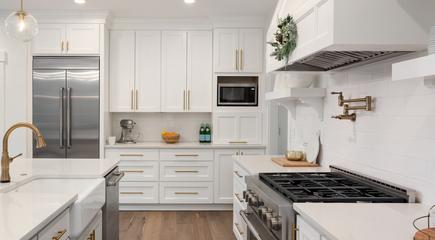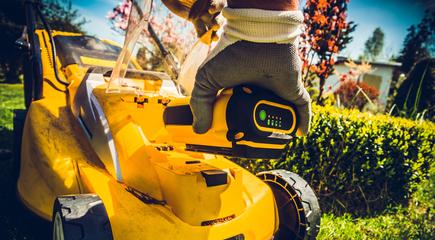Revolutionizing Home Efficiency: The Push for BLDC Fans in India

In a world increasingly concerned with energy conservation and efficiency, a revolution is taking place in Indian homes. The move from conventional inductive fans to Brushless DC (BLDC) fans is not just a technological upgrade, it's a significant stride towards a greener, more energy-efficient future. India, with a staggering 600 million fans in operation and annual sales around 41 million units, is predominantly a replacement market for fans. Just 3% of existing units are high-efficiency devices, spotlighting the immense potential for energy savings and grid stress reduction. Since a mandate to change a residential system is unlikely, we will explore the methods and technologies with which the transition can be achieved.
Why BLDC Fans?
BLDC fans are notable for their reduced power consumption, which is crucial in a country where fans operate for an average of 16 hours per day and account for about a quarter of all household electricity usage.
A top-rated BLDC fan is approximately 50% more efficient than a conventional fan, that means India can cut its overall residential electricity usage by more than 12% just by upgrading all ceiling fans to BLDC!
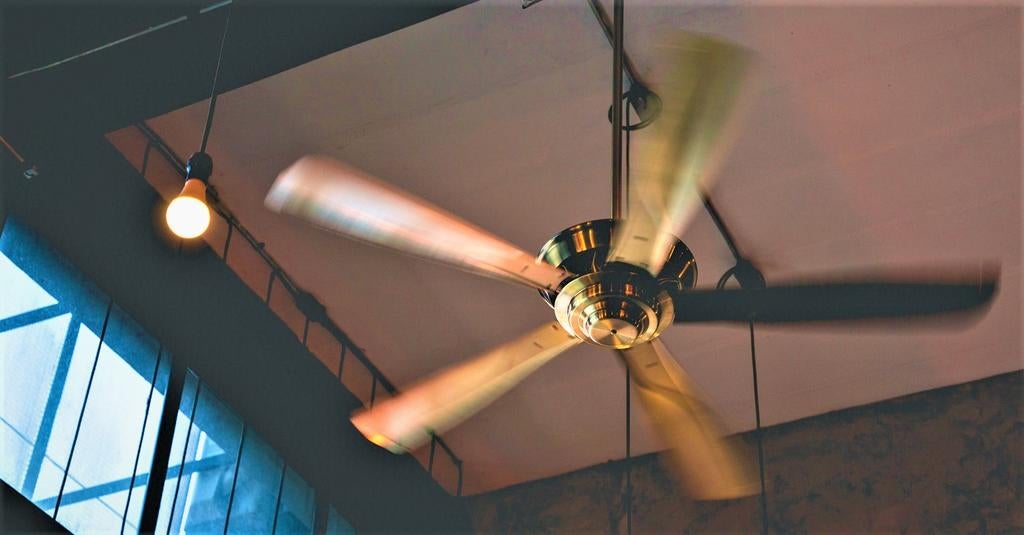
Method 1: Promote Awareness and Adoption Using Energy Efficiency Ratings
Just like the ENERGY STAR® ratings in the US, India utilizes energy labels to educate consumers about the benefits and reliability of BLDC motors. Tailoring these energy labels to local needs and usage patterns increases their effectiveness, especially considering the high usage hours of fans in India. Read our previous blog to learn more about India’s star rating system for ceiling fans.
Method 2: Phase Out Low-Efficiency Technologies
The ban on low-efficiency technologies, illustrated by the U.S. phase-out of incandescent lightbulbs in favor of CCFL and later LED lighting, serves as evidence that such bans can effectively promote the adoption of high-efficiency products like BLDC motors. Before the 2015 ban of incandescent lightbulbs, only 5% of lighting sockets shifted to high-efficiency options; after the ban, this figure rose to over 50%.
Method 3: Subsidize the Cost of BLDC Technology to Overcome Price Barrier
Current government subsidies related to energy use mostly apply to cutting electricity cost for low-income communities. However, a subsidy on more efficient technologies can be more economically efficient in the long run. BLDC fans are about 50% more expensive than traditional inductive fans, but the ownership cost-parity is achieved within less than a year due to the energy savings. By subsidizing the initial purchase rather than the ongoing electricity costs, overall energy consumption is reduced, leading to long-term savings both for consumers and the government.
Method 4: Support Manufacturers in Transitioning to BLDC Technology
To ensure rapid retirement of inductive fan models from manufacturer inventories, BLDC technology providers must ensure that the engineering challenges of developing new solutions are easily overcome. For example, a BLDC motor runs from ~400 VDC derived from the AC mains network, along with a suitable EMI filter. EMI filter requirements are strongly affected by the choice of power switch and slew rate. Integrated drivers with well controlled switching transition rates will be important in filter design.
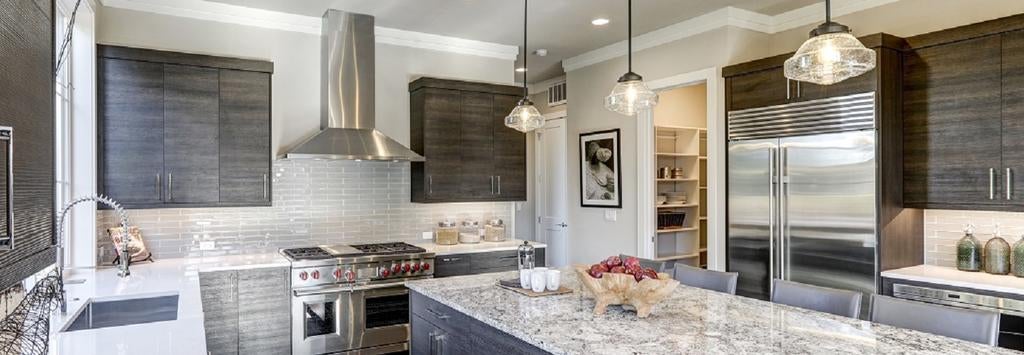
Choosing the Right BLDC Technology
Advanced Power Inverter Technology: Transition to BLDC motors requires replacing traditional components of inductive motors (like start-up capacitors and centrifugal disconnect switches) with a power inverter stage. This stage includes four power MOSFETs or FREDFETs, controlled by a micro-controller based on motor position feedback. Power Integrations’ BridgeSwitch-2 motor driver ICs employ FREDFET switches, offering increased ruggedness compared to conventional MOSFETs, which is beneficial in the long on-time employment of fan circuits in domestic applications.
Integration and Simplification: Highly integrated solutions like BridgeSwitch ICs dramatically simplify BLDC implementation. This not only reduces EMI but also lowers the number of parts needed, thereby increasing reliability. Sensorless control technologies, which use motor phase current waveforms to determine rotor position, eliminate the need for additional sensors and further simplify the design.
Control Algorithms and Motor Optimization: Developing suitable control software is essential for manufacturers transitioning from inductive to BLDC motors. Tools like MotorXpert can aid in design and make this transition smoother, ensuring that the lack of existing software development skills is not a barrier.
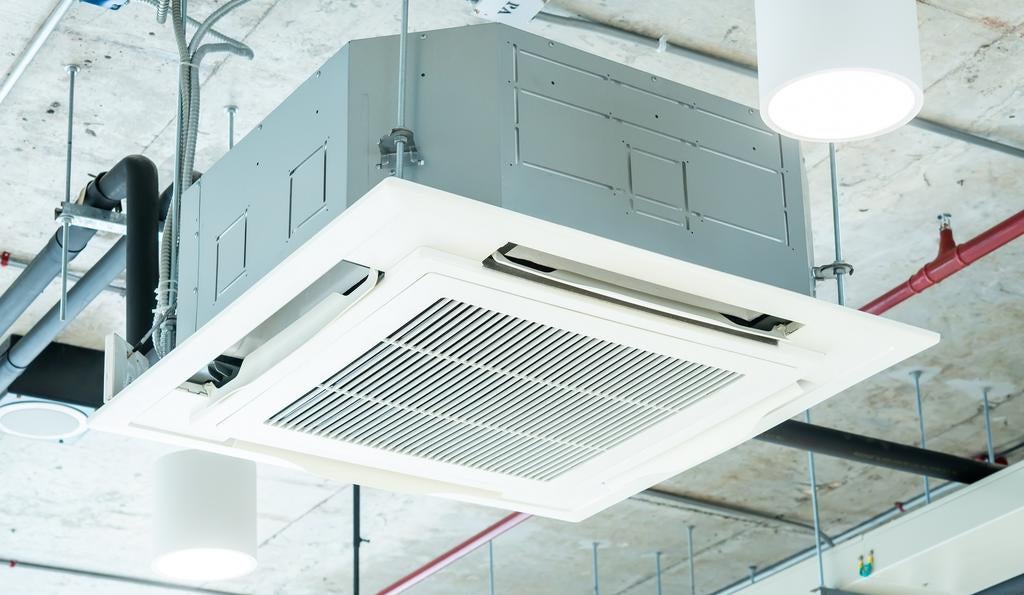
Focus on Reliability and Longevity: Ensuring the reliability and longevity of BLDC fan technology is crucial for market acceptance. Lessons from the early issues with high-efficiency lighting and LED streetlights in India highlight the importance of avoiding low-quality initial market offerings.
Reliable and long-lasting products will be key to successful adoption of BLDC technology in fans. In addition to the ruggedness and comprehensive protection features, BridgeSwitch ICs also use built-in system fault diagnosis to reduce field returns.
The Road Ahead
The transition to BLDC fans represents a significant opportunity for energy savings and a step towards a more sustainable future. With the right strategies in place, including government incentives, consumer education, and technological support for manufacturers, India could lead the way in adopting more energy-efficient home appliances.


